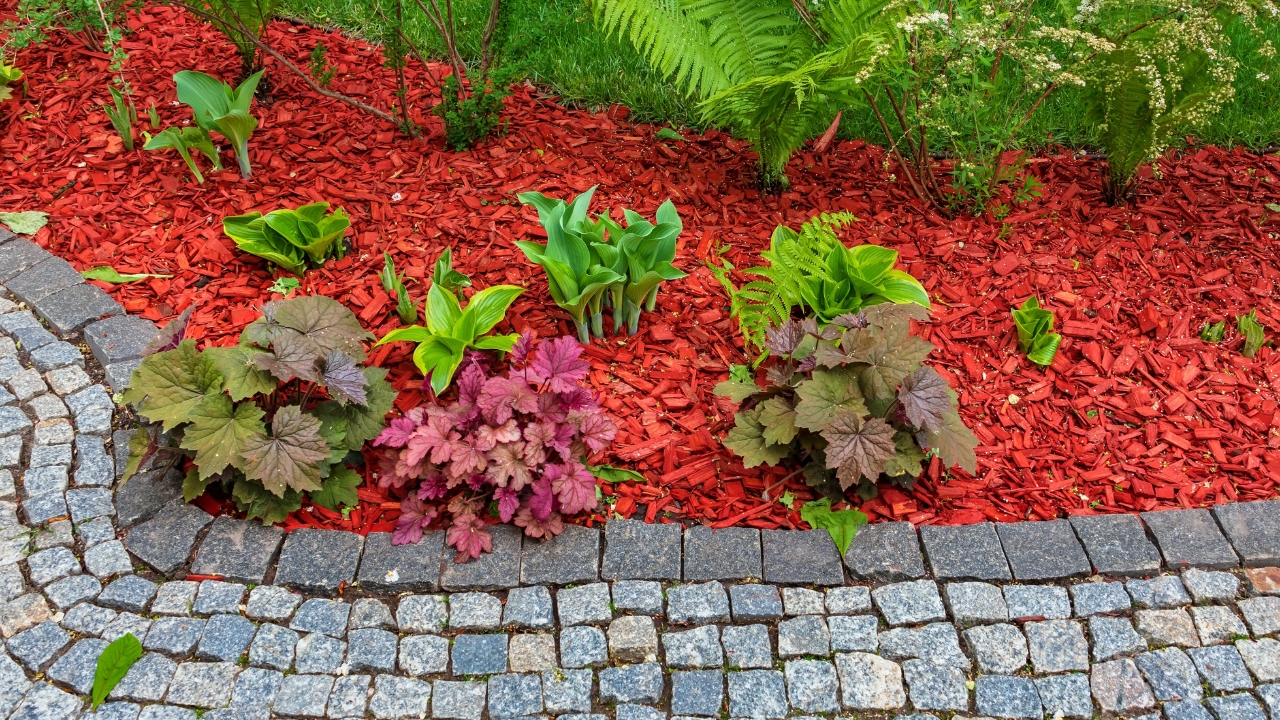8 Things You Didn’t Know Can Stain Your Driveway
Some driveway stains are obvious—oil leaks, paint spills, tire marks. But others sneak in under the radar and leave ugly spots you don’t even realize are there until it’s too late. Summer heat bakes those stains in, and by the time fall rolls around, they’re set.
Here are some of the most common culprits that stain concrete and asphalt when you’re not paying attention.
Leaf Piles

Letting leaves sit too long on the driveway can leave dark, patchy stains that don’t rinse off easily. As they break down, they release tannins—natural acids that leach into concrete or asphalt, especially when it rains or the sprinkler hits them.
Even a small pile left for a few days in the summer heat can leave a noticeable shadow behind. If you’re raking or blowing leaves, make sure they’re not sitting on the hardscape for too long. It’s a small habit that saves a lot of scrubbing later.
Fertilizer Granules

Dropping a few granules of fertilizer while treating the lawn might not seem like a big deal—but it can be. Those little pellets can leave rust-colored or white stains depending on what they contain, especially on damp concrete.
It happens when the minerals react with moisture or the surface itself. Sweep up spills right away and rinse the area if you’re using liquid fertilizer near your driveway. You’ll save yourself a surprise cleanup when the stain sets in.
Grill Grease

If your grill is anywhere near the driveway, grease splatter or drips from the grease trap can leave stains fast. Even a small drip can soak into concrete and leave a dark spot that keeps coming back every time it gets wet.
Set your grill up on a mat or a scrap piece of plywood if you’re cooking near concrete. It’s way easier than trying to scrub out a grease ring later—and it helps prevent slipping, too.
Rusty Tools or Furniture

Leaving metal items like shovels, hoses with brass ends, or even folding chairs on the driveway can lead to rust rings. Concrete absorbs that orange tint quickly, and it’s not easy to remove once it’s baked in by the sun.
If you’re storing anything metal outside, prop it off the ground or bring it in. Even garden decor with metal bases can stain if they sit still too long in the heat or rain.
Leaky Trash Bags

Trash bags that sit out—even for a few hours—can leak all kinds of mess onto your driveway. The fluids from food, packaging, or cleaning supplies mix into a sticky sludge that can stain concrete and attract pests.
If your trash goes out near the driveway, always double bag anything wet or leaky, and try to place bins on a mat or cardboard if you’re worried about drips. That extra layer keeps grime off your driveway surface.
Potted Plants

Plant pots that sit directly on your driveway can leave rings from mineral buildup or mold, especially if they drain from the bottom. Even ceramic pots with painted bottoms can stain in heat and moisture.
Use pot risers or plastic saucers to keep pots lifted off the surface. That helps with airflow and drainage while protecting the concrete or asphalt underneath from moisture stains and algae growth.
Car Wash Soap Residue

It sounds backward, but washing your car on the driveway with certain soaps or waxes can leave streaks and marks—especially if you let the rinse water dry in the sun. Some cleaning agents leave behind film or react with minerals in your water.
Always rinse thoroughly, and try to wash in the early morning or evening when the sun isn’t beating down. Drying the driveway afterward with a leaf blower or squeegee helps cut down on chalky water spots.
Mulch Runoff

After a big rain or a heavy watering, mulch from your flower beds can bleed tannins and dyes that streak right onto your driveway. Black or red-dyed mulch is especially bad for this—it can leave dark stains or reddish smears that are tough to remove.
If your beds border the driveway, install some edging or barriers to keep runoff in check. You can also add gravel or pavers at the edge to create a buffer zone that protects your concrete from staining.
*This article was developed with AI-powered tools and has been carefully reviewed by our editors.







